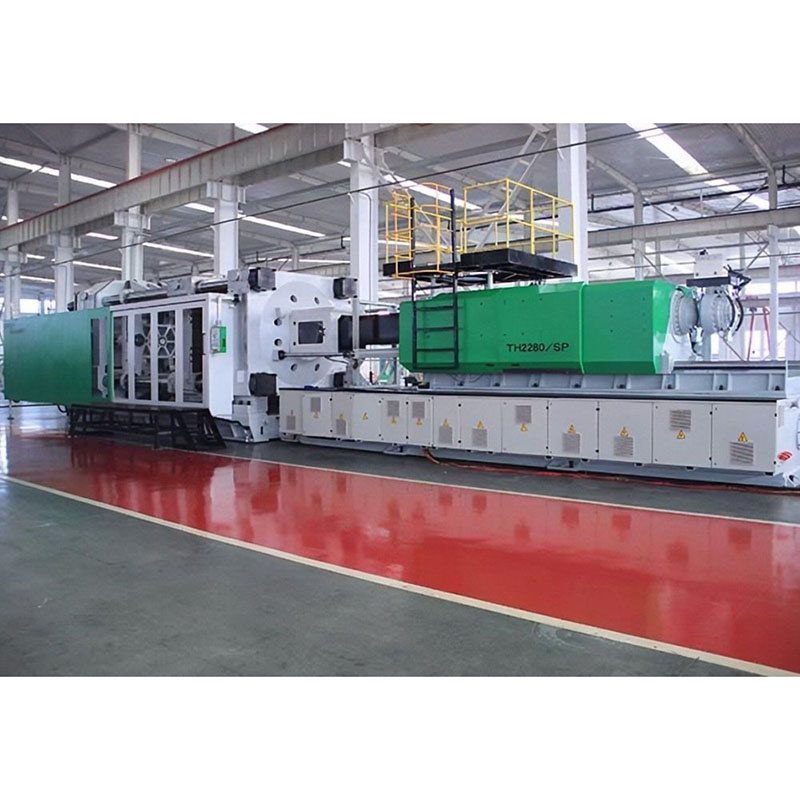What Makes Hydraulic Cylinders So Essential in Modern Machinery?
2025-01-06
Hydraulic cylinders are a crucial component in the world of industrial machinery, construction equipment, and even everyday appliances. But what exactly makes these powerful devices so essential? The answer lies in their ability to convert hydraulic energy into mechanical force, enabling them to perform tasks that would be incredibly difficult or impossible with manual labor alone. Whether you’re lifting heavy loads, pushing large objects, or controlling machinery with precision, hydraulic cylinders are the driving force behind many industrial applications.
What Are Hydraulic Cylinders?
A hydraulic cylinder is a mechanical actuator used to generate a unidirectional force through a linear stroke. It consists of a cylinder barrel, a piston, a piston rod, and hydraulic fluid. The hydraulic fluid, typically oil, is pressurized to create movement. This force is transferred through the piston, causing the piston rod to move, thus enabling the machinery to perform specific tasks such as lifting, pushing, pulling, or turning.
Hydraulic cylinders come in a wide range of sizes, from tiny components in small machines to large cylinders used in massive industrial applications. But regardless of their size, they all rely on the same basic principles of hydraulic pressure and force generation.
How Do Hydraulic Cylinders Work?
At the core of a hydraulic cylinder’s operation is the hydraulic fluid. When fluid is pumped into the cylinder, it enters the space behind the piston, creating pressure. This pressure forces the piston to move in a linear direction. The amount of force exerted depends on the pressure of the fluid and the surface area of the piston. The movement of the piston is then translated into mechanical energy, performing tasks like lifting, pushing, or turning components in machines.
One of the key benefits of hydraulic cylinders is their ability to generate large amounts of force in a relatively small, compact form. This makes them ideal for applications where space is limited but high force is still required.
The Versatility of Hydraulic Cylinders
Hydraulic cylinders are incredibly versatile and can be used in a wide array of applications across different industries. Here are a few examples:
1. Construction Equipment: Hydraulic cylinders are used in cranes, bulldozers, excavators, and other heavy machinery to lift heavy loads, push earth, or maneuver parts of the machine. The power generated by hydraulic cylinders is essential for the heavy-duty tasks these machines perform.
2. Agriculture: Hydraulic cylinders play a major role in agricultural machinery like tractors and harvesters. They enable movements like lifting plows, controlling the angle of attachments, or adjusting the height of equipment for different types of crops.
3. Manufacturing: In factories, hydraulic cylinders are often used in presses, jacks, and machines that require precise control of force and movement. They are commonly found in assembly lines and in the operations of large presses that shape metals or plastics.
4. Automotive Industry: Hydraulic cylinders are essential in car lifts, jacks, and other vehicle maintenance tools. They are also used in suspension systems to provide smooth and controlled movement in vehicles.
5. Aerospace and Military: In highly specialized areas like aerospace, hydraulic cylinders are used for landing gear, control surfaces, and other essential operations requiring high precision and power.
Advantages of Hydraulic Cylinders
There are several key reasons why hydraulic cylinders are preferred in many industrial applications:
- High Power Density: Hydraulic cylinders can deliver large amounts of force relative to their size. This makes them perfect for tasks that require high power in a compact space.
- Smooth and Precise Control: Hydraulic systems provide smooth, precise movement and are able to make fine adjustments easily. This is particularly useful in applications where accuracy is crucial, such as in robotics or automated manufacturing.
- Reliability and Durability: Hydraulic cylinders are known for their durability. They can handle extreme conditions, including high pressures and heavy loads, and can operate for years with proper maintenance.
- Easy to Maintain: Hydraulic systems are generally easy to service and repair. Components such as seals, valves, and hoses can be replaced when necessary, and cylinders can often be rebuilt to extend their lifespan.
Limitations of Hydraulic Cylinders
Despite their numerous advantages, hydraulic cylinders do have a few limitations:
- Potential for Leaks: Hydraulic systems depend on seals to prevent fluid leakage, which can be problematic if not properly maintained. Leaks can lead to a loss of pressure, reduced performance, or even system failure.
- Environmental Impact: The hydraulic fluid used can be harmful to the environment if not disposed of properly. This is why regular checks for leaks and spills are important in industries that use hydraulic cylinders.
- Complexity of Systems: While hydraulic systems are powerful, they can also be complex. Designing, installing, and maintaining a hydraulic system requires specialized knowledge and expertise.
Final Thoughts
Hydraulic cylinders are a cornerstone of modern industry, playing an essential role in everything from heavy construction machinery to small automotive tools. Their ability to generate powerful force with minimal space makes them indispensable in applications where precision, strength, and durability are required. While they come with some maintenance challenges, the benefits they offer make them a key component in the machinery that drives industries forward. Whether you’re building a skyscraper, fixing a car, or working in a factory, hydraulic cylinders are likely helping to get the job done!



